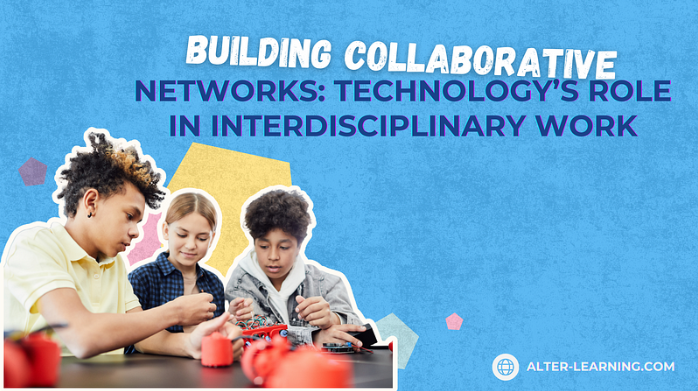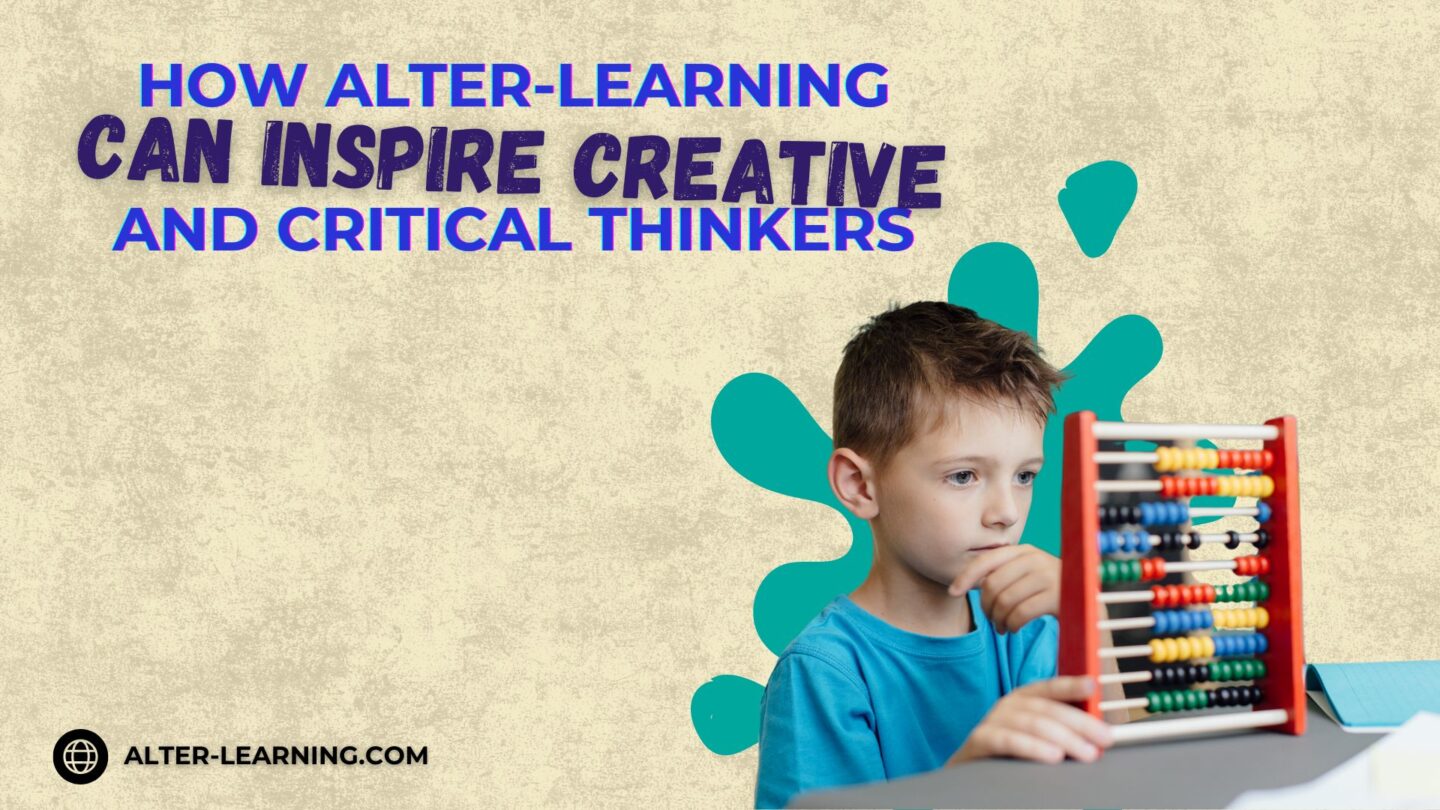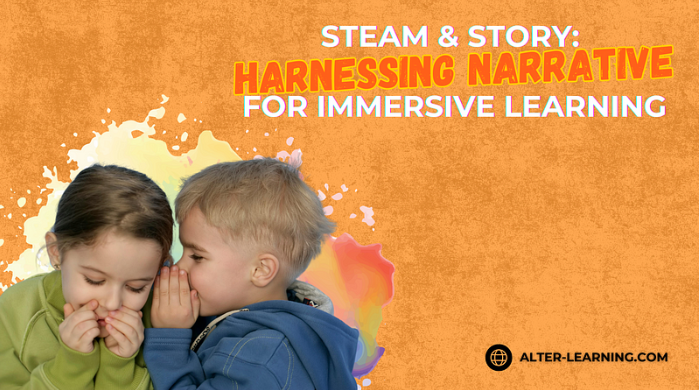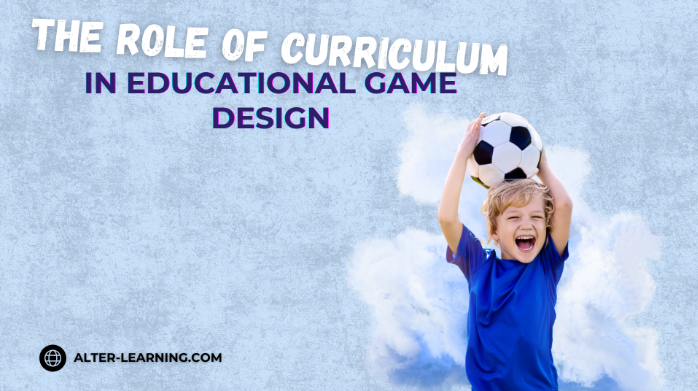In education, the most impactful learning often happens at the intersections—when science meets art, when history connects to technology, and when students from different backgrounds collaborate to solve complex problems. This is the essence of interdisciplinary learning. Yet bringing this vision to life requires more than content knowledge. It requires connection. And that’s where technology can play a vital role.
From immersive STEAM platforms to collaborative digital environments, educational technology can help create the networks—between subjects, teachers, and learners—that make interdisciplinary learning possible.
Why Interdisciplinary Work Matters More Than Ever
In the real world, problems don’t come packaged by subject. A sustainable energy solution may require knowledge of physics, environmental science, engineering, and social ethics. A digital art installation may involve programming, design, math, and narrative storytelling. Teaching students to think across disciplines prepares them to approach problems more holistically—and creatively.
Benefits of interdisciplinary work may include:
- Deeper engagement, as students see real-world relevance in their work,
- Greater creativity, as learners combine knowledge from different domains,
- Collaborative skill-building, as students work across strengths and perspectives,
- Higher-order thinking, as learners synthesize, evaluate, and problem-solve in complex ways.
Technology, when designed for flexibility and interaction, can support these outcomes in meaningful, scalable ways.
Technology as the Infrastructure for Collaboration
Educational technology can act as the bridge that connects disciplines—and the people who teach and learn them. Platforms that integrate STEAM educational games, immersive learning environments, and collaborative features create shared spaces where students and teachers explore content beyond silos.
Key features that can support interdisciplinary collaboration include:
- Multiplayer or co-op modes, encouraging teamwork across roles and learning styles,
- Narrative-based platforms, where science, engineering, and creativity unfold together,
- Open-ended design challenges, prompting students to apply diverse skills to solve problems,
- Digital reflection tools, helping learners connect dots between content areas,
- Teacher dashboards, enabling cross-departmental collaboration and aligned learning goals.
These tools don’t just deliver information—they help build the networks that allow different types of knowledge to interact meaningfully.
Examples of Interdisciplinary Connections in Action
Educators using immersive tools and games can easily align them with cross-curricular outcomes. For instance:
- A game focused on energy transfer may combine physics concepts with design thinking and environmental science,
- A VR experience about urban planning could include math (geometry, budgeting), civics, and social studies,
- A musical game may teach pattern recognition, auditory skills, and the physics of sound,
- A historical simulation can blend storytelling, geography, data analysis, and ethics.
Alter-Learning’s catalog, for example, includes environments that reflect this design philosophy—such as story-driven STEM puzzles, artistic composition tools, and team-based simulations that reinforce collaboration, creativity, and content mastery across multiple disciplines.
Empowering Educators to Work Together
Interdisciplinary learning isn’t just for students—it requires coordination among educators as well. Technology can support teachers in planning and executing integrated lessons by:
- Facilitating resource sharing across departments,
- Enabling co-teaching in virtual spaces, where instructors from different subjects guide students through a shared project,
- Offering alignment tools that show how a single activity maps across multiple standards,
- Creating spaces for ongoing collaboration, reflection, and curriculum development.
This type of infrastructure encourages a culture of interdisciplinary planning, where teachers co-create experiences that mirror the complexity of the world students are preparing to enter.
Collaboration Across Boundaries—Made Possible Through Technology
Interdisciplinary education prepares students for a future where collaboration is key. By using technology to build networks—between students, subjects, and educators—schools can foster the kind of learning that encourages curiosity, flexibility, and innovation.
With tools that support immersive, collaborative learning environments, Alter-Learning offers a flexible foundation for schools looking to deepen interdisciplinary work. Whether through interactive STEAM challenges, virtual storytelling, or team-based problem-solving, educational technology can help turn disconnected subjects into unified, engaging journeys.
And when collaboration becomes the norm, not the exception, education starts to reflect the complexity—and possibility—of the real world.
Follow Alter-Learning for more insights into immersive education, edtech success stories, and the future of learning. Want to explore how VR/AR could transform your school or learning platform? Let’s connect.




